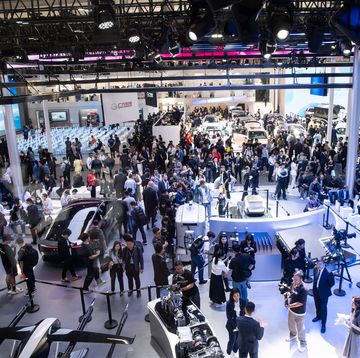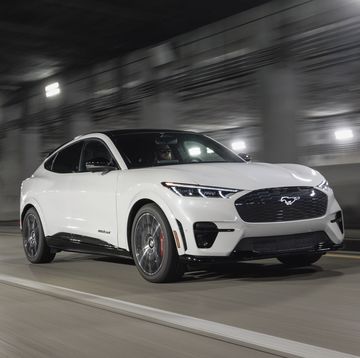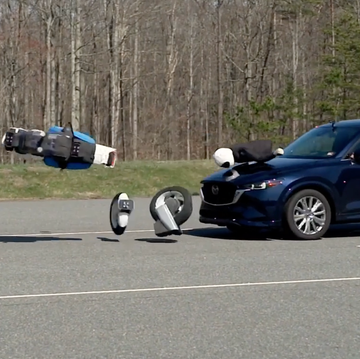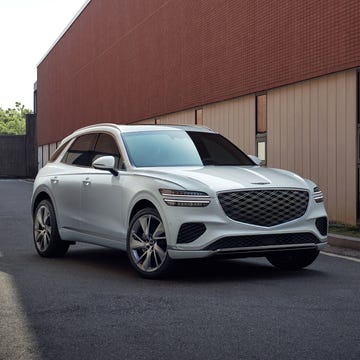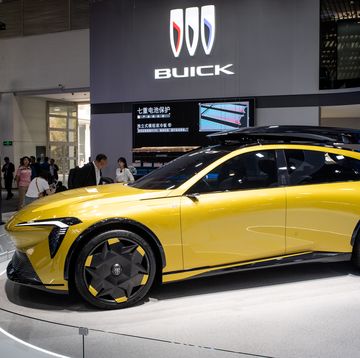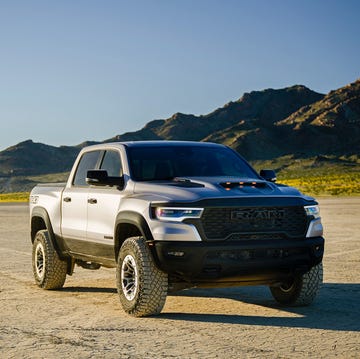With Takata denying a federal request to recall more of its driver’s-side airbags, Honda has agreed to do so by expanding its regional recalls and calling all automakers to support a third-party audit that would speed up parts testing and properly identify the shrapnel-shooting airbags.
As of last Wednesday, the National Highway Traffic Safety Administration had given Takata until midnight last night to expand the recall and had pressured half of the 10 affected automakers to do the same. While NHTSA maintains that passenger-side airbags do not pose a coast-to-coast problem, Takata senior vice president Hiroshi Shimizu rebuffed NHTSA’s claims that several million driver’s-side airbags now demonstrate a national safety risk.
“Based on the data we are collecting from the region, the data still support that we should remain focused on the region with high humidity,” Shimizu said in a hearing today to the House Committee on Energy and Commerce.
To date, Takata has tested roughly 4000 inflators recovered from cars in “high humidity” regions of the south and Gulf Coast and said that all of the approximately 400 driver’s-side inflators had performed as designed. But of the remaining 3600 passenger-side inflators, Shimizu said that “less than 60” had ruptured—which, at 1.67 percent of the sample, is a very high failure rate in manufacturing. NHTSA had sent a recall request to Takata last month after a driver of a 2007 Ford Mustang outside of the regional recall was injured by a two-inch metal shard. In the U.S., four people have died from the defective Takata inflators—all of them in Honda vehicles—and at least 139 injuries have been reported across all automakers.
“The evidence is the problem isn’t limited to areas of absolute, high humidity,” NHTSA deputy administrator David Friedman said at the hearing. Friedman said he would pursue fines, which can run up to $7000 per day, if Takata does not comply with an expanded recall.
So far, only Toyota has seconded Honda’s request for outside testing but did not expand any of its recalls. Takata said it would form an independent panel to scrutinize quality checks, recommend best practices at its facilities, and publish the results at a later date. As part of NHTSA’s investigation, the company has until December 5 to provide the agency with details on its manufacturing processes and to reveal employee names who worked on the production line when the faulty airbags were manufactured. All 10 automakers have also been ordered to submit test results from the regional recalls by December 5, hence Honda’s cry for a group effort. Honda is under a separate investigation by NHTSA for omitting 1729 death and injury reports for more than a decade, a problem the company said today was due to poor employee oversight, and for not specifically mentioning airbag-related deaths and injuries in past recalls.
Despite months of testing—plus years of similar investigations by Takata and Honda that stretch back to 2004—neither Takata nor the automakers have a definitive answer as to why the airbags are exploding shrapnel. Shimizu said Takata is testing about 100 inflators per day and is currently on track to ship out 350,000 replacements per month and will ramp up to 450,000 by January. If every automaker issues national airbag recalls, Takata has agreed to contract with suppliers Autoliv and Daicel to feed the demand.
While many of Takata’s current airbag inflators use the synthetic compound Tetrazole, Shimizu said there was nothing unsafe about the ammonium nitrate used in the faulty inflators, only that “manufacturing processes and humidity control in the plant” had caused the problem. When Representative Marsha Blackburn (R-Tenn.) revealed comments from Takata engineers in 1999 who raised doubts about ammonium nitrate, including that it “predisposes this propellant to break apart” and that it could “blow up,” Shimizu said he did not remember seeing them. Last month, a Takata official said the replacement airbag inflators had a revised chemical compound but were still based on ammonium nitrate. Shimizu said the replacements have the same propellant as before.
- Massive Takata Airbag Recall: Everything You Need to Know
- Takata Changes Airbag Propellant, Denies It Has to Do With Massive Recall
- Honda and Takata Allegedly Knew About Exploding Airbags Years Before Recall
“I’m quite confident that products on the current production line should work as designed and are safe,” Shimizu said.
With regard to allegations that company employees destroyed data after discovering faulty airbags in 2004, Shimizu denied there was “any secret test” and said the company did conduct tests at that time related to a separate problem in which airbag cushions were tearing on BMW models.
UPDATE 12/4, 10:25 a.m.: Chrysler, Ford, and Toyota have expanded their recalls of vehicles equipped with Takata airbags. Read more at our main Takata recall page.
Clifford Atiyeh is a reporter and photographer for Car and Driver, specializing in business, government, and litigation news. He is president of the New England Motor Press Association and committed to saving both manuals and old Volvos.



